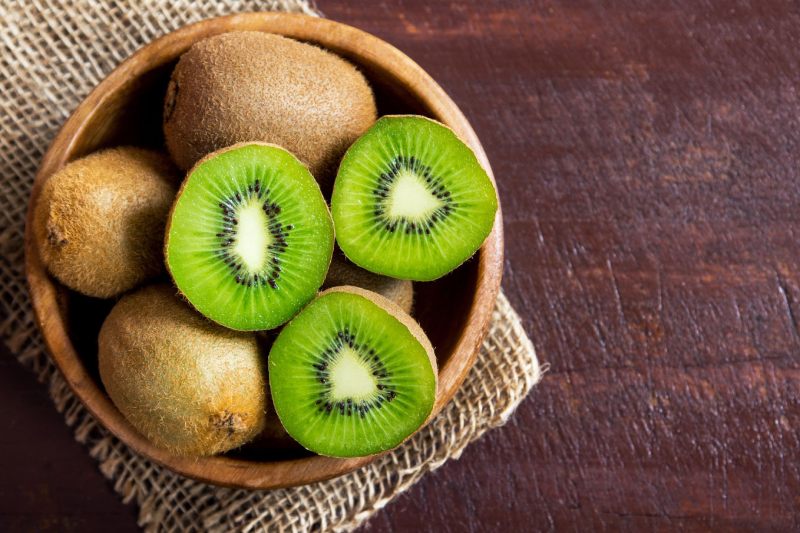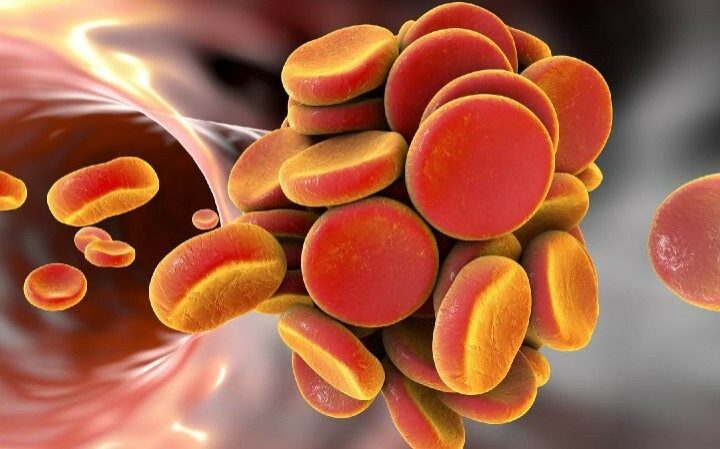Vitamin C, also referred to as ascorbic acid, is a water-soluble vitamin that is frequently linked to increased immunity. But there are a lot more ways in which this well-known vitamin improves human health. And if you’re a fruit lover, you’re in luck because the most often consumed fruits also happen to be some of the richest sources of vitamin C. Continue reading to find out more about the health advantages of vitamin C and to discover some of the greatest sources, which include a variety of delectable fruits.
Ten Vitamin C-Rich Fruits
In reference to whole food sources, this water-soluble vitamin is abundant in several fruits. The top ten fruits high in vitamin C are as follows:
Oranges
Given its close relationship with vitamin C, it should come as no surprise that oranges rank highly on this list. One medium orange has 70 milligrams of the vitamin. This quantity must to be consistent for every orange variety that the grocery store sells.
Guava
Guavas are a great source of vitamin C, which boosts the immune system, even if they can be harder to acquire in the market. In actuality, 376 mg can be found in just one cup! In the event that guava is not available at your local grocery store, guava juice is a great source of this vitamin.
Kiwi
Kiwifruit, also referred to as kiwi, is a fruit that is not only juicy and tangy to taste, but it is also incredibly healthy, packed with fiber and a few minerals, including vitamin C. An astounding 64 mg of the vitamin can be found in one medium kiwi.
Strawberries
The strawberry season is coming up soon. In the event that you are unable to obtain strawberries from the area, they are available year-round in almost all grocery stores, both fresh and frozen (although the latter may not have the same sweetness). Just half a cup contains forty-nine milligrams of vitamin C.
Papaya
Papaya is another tropical fruit that can be difficult to find, but it’s still a great source of vitamin C. One cup of chopped papaya contains 88 mg of the vitamin, and many 100% fruit juices also contain significant levels of it.
Cantaloupe
When cantaloupes are in season, there are few things better than these delicious slices. But aside from being incredibly delicious, this juicy, sweet melon is also packed with minerals, like vitamin C. With 58 mg in one cup, you may help yourself reach your daily goals.
Grapefruit
Even though some people find grapefruit’s bitter flavor unappealing, many others begin their mornings with this huge citrus fruit. A medium grapefruit on its half has 39 mg of vitamin C, whereas ¾ cup of grapefruit juice contains an impressive 70 mg.
Apples
When you need to increase your daily dose of fiber and vitamin C, there aren’t many fruits as accessible as the modest apple. Whichever variety you choose, a medium apple provides a meager (but significant still) eight milligrams of vitamin C.
Pineapple
Pineapple is one of the tropical fruits that is most reasonably priced at the grocery store and is packed with minerals, such as calcium, iron, magnesium, fiber, and vitamin B6. At 79 milligrams per cup, it’s also an excellent source of vitamin C.
Sweets
Cherries are a beloved snack food because they provide the ideal amount of sweetness to tide you over until your next meal. The fact that they are nutrient-dense, especially vitamin C, is just a bonus. The vitamin is present in one cup of pitted sour cherries in a dose of 15 mg. However, acerola cherries are an incredible source, containing up to 1,000 mg per serving.
Other Vitamin C-Rich Foods
Citrus fruits such as lemons, limes, lychees, persimmons, and black currants are also excellent providers of vitamin C. There are other food groups that are high in the micronutrient besides fruits. Vitamin C can also be found in abundance in bell peppers, broccoli, snow peas, kale, chili peppers, banana peppers, kohlrabi, parsley, Brussel sprouts, rosehips, and tomatoes, which are technically fruits.
Including Foods High in Vitamin C in Your Daily Routine
You may incorporate these foods high in vitamin C into your daily routine in a variety of ways. Fruit sources can be included in baked products, smoothies, oatmeal, chia pudding, overnight oats, pancakes, and salads. In the meanwhile, vegetable sources can be used in a wide variety of recipes, such as pastas, rice dishes, casseroles, salads, slaws, soups, and grain bowls.
Without using supplements, you ought to be able to easily meet your daily requirements for vitamin C.
The Final Word
In the end, vitamin C is an undeniably beneficial micronutrient that helps the body in a variety of ways. That being said, to make sure you’re not overdoing it (which is linked to certain health hazards), it’s crucial to concentrate on complete food sources and exercise caution when taking supplements that contain high amounts of the vitamin. Fortunately, there are many of delicious fruits and vegetables that are high in vitamin C, making it simple and delicious to meet your needs.
- Consuming These Items ‘Can Add 13 Years To Your Life’ - July 13, 2024
- Easy Measures To Maintain Your Eyesight Sharp For Years To Come - July 10, 2024
- Thrive Global and OpenAI Present AI Health Coach for Chronic Illness - July 10, 2024








